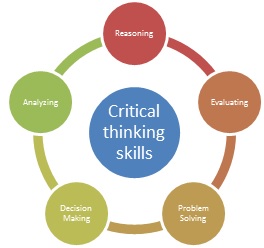Critical Thinking and the Critical Person
An excerpt from Dr. Richard Paul’s article ‘Critical Thinking and the Critical Person’ (1987), wherein he describes traits of the critical teacher:
To be in the best position to encourage critical thinking in their students, teachers must first value it highly in their personal, social, and civic lives. A teacher of critical thinking must be a critical person, a person comfortable with and experienced in critical discussion, critical reflection, and critical inquiry; must be willing to make questions rather than assertions the heart of his or her contribution to student learning; must explicitly understand his or her own frame of reference and that fostered in the society at large; must be willing to treat no idea as intrinsically good or bad; must have confidence in reason, evidence, and open discussion; must deeply value clarity, accuracy, and fairmindedness; and must be willing to help students develop the various critical thinking micro-proficiencies in the context of these values and ideals. To do so, teachers must be students of human irrationality, egocentricity, and prejudice. Their interest must be both theoretical and practical. They must experience (and recognize) irrational drives and behavior in themselves as well as others. A teacher must be patient and capable of the long view, for people, schools, and society change only in the long run, never quickly, and always with some frustration, conflict, and misunderstanding.
Of course, these characteristics apply not only to teaching, but to all persons committed to critical thinking principles.
Dr. Linda Elder
Educational Psychologist
President and Senior Fellow
